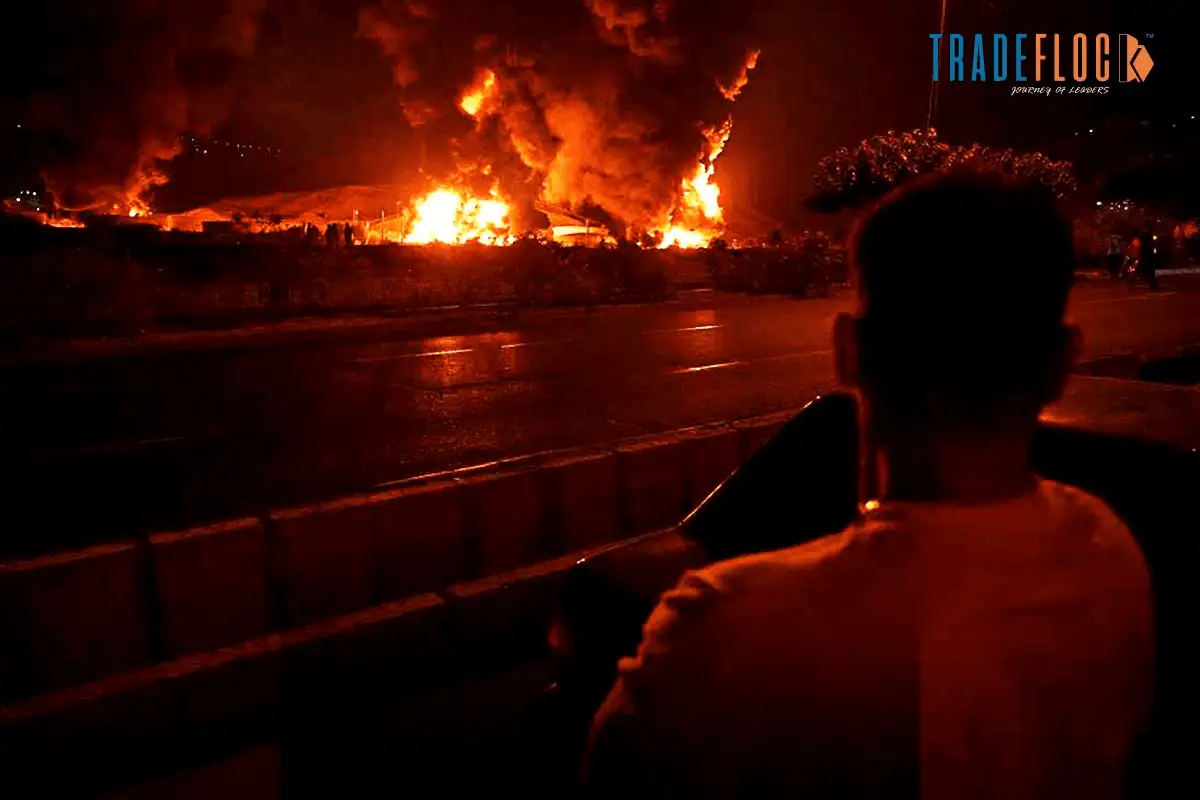In mid‑June 2025, Israel launched Operation Rising Lion, a sweeping series of airstrikes targeting over 100 strategic Iranian sites, including nuclear enrichment centres, missile bases, energy infrastructure, and key military leadership compounds. Among the targets were Natanz, Iran’s primary uranium enrichment hub, and the Defence Ministry headquarters in Tehran. Israel justified the strikes as a necessary preemptive move to disrupt an “existential threat” posed by Iran’s push toward weapons-grade uranium.
This marks a sharp escalation from covert cyberattacks and proxy skirmishes to overt, state-sponsored military action. Iran responded with a massive retaliatory drone and missile barrage, deploying over 100 drones and several dozen ballistic missiles toward Israel, resulting in civilian casualties and infrastructure damage.
Table of Contents
A Cold War Turned Hot
The Israeli–Iran conflict is rooted in decades of political antagonism. Initially allied under the Shah, Iran became Israel’s arch-adversary after the 1979 Islamic Revolution. The contention over Iran’s nuclear ambitions further escalated following the U.S. exit from the JCPOA in 2018 and Iran’s subsequent enrichment progress.
Israel has been watching closely. IAEA data shows Iran recently enriched over 400 kg of uranium to 60% purity, edging closer to weapons-grade levels (90%), enough for several nuclear warheads. Israel’s leadership, backed by American intelligence, viewed this as a red line, leading to the current military offensive.
Why the U.S. Is Standing Behind Israel
Despite its non-participation in direct strikes, the U.S. has provided diplomatic cover, missile defense support, and advanced intelligence to Israel. Former President Trump even signalled the U.S.’s readiness to intervene with bunker-busting munitions, though direct military engagement remains politically fraught.
The U.S. strategic calculus is clear: preventing Iran from acquiring nuclear weapons is a national and regional priority. However, the administration also faces internal tension—balancing aggressive deterrence with international diplomacy to avoid wider war.
What Israel Aimed to Destroy and What It Missed
Israel’s strikes did damage above-ground infrastructure, uranium enrichment plants, missile depots, and radar installations. It also took out senior military figures and nuclear scientists, delivering a symbolic blow.
Yet key underground facilities like Fordow remained intact, unreachable without the U.S.’s bunker-busting arsenal. Experts warn this could push Iran to double down, potentially accelerating nuclear weaponisation.
Regional Danger: Proxies, Allies, and the Oil Market
Iran has already threatened to strike U.S. and Western assets in the region, including military bases. Proxy groups like Hezbollah and the Houthi rebels could be triggered, turning localised strikes into broader regional conflict.
Oil markets reacted sharply, prices spiked over 10%, adding a $3–5 risk premium to already volatile energy markets. Global stock indices fell, with U.S. markets declining sharply following the heightened geopolitical risk.
Why This Could Lead to a Larger War
Analysts worry that unless diplomacy—or a negotiated freeze—is introduced quickly, the spiral could invite full-scale regional war. U.S. bipartisan tensions, Middle Eastern fragmentation, and proxy explosions are all possible outcomes. Russia’s strategic advantage is clear—while U.S. attention shifts, Moscow can act in Europe and arms markets.
A Fragile Pause or a Precursor to Permanent War?
Diplomatic efforts are underway, U.S. officials are pushing Iran back to the negotiating table, but Iran insists that attacks must be condemned and U.S. support withdrawn before resuming diplomacy. A ceasefire, if it happens, may resemble pre-2025: covert cyberattacks and shadow skirmishes, but with diminished deterrence. If the cycle continues, nuclear aspirations go unchecked, and regional instability becomes entrenched.
The World Holds Its Breath
Israel’s U.S. backed air campaign has reset red lines, crushed short-term nuclear progress but may harden Iran’s resolve. It risks widening a decade-long shadow war into a full-scale crisis. Global markets, alliances, and nuclear norms may recalibrate, but the consequences will be felt in households from Tehran to Tel Aviv, New York to New Delhi.
If diplomacy doesn’t catch up, the next chapter could be neither controlled nor contained.






